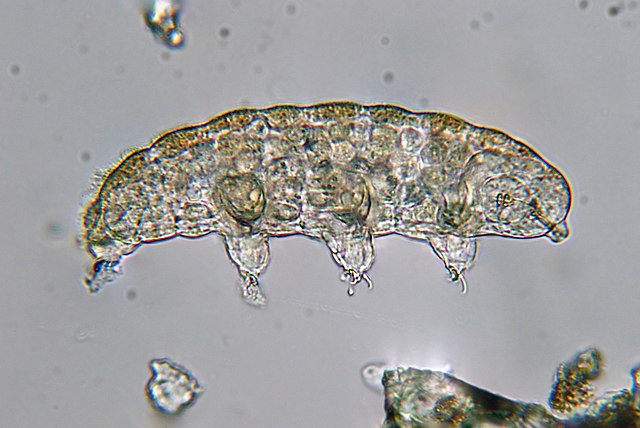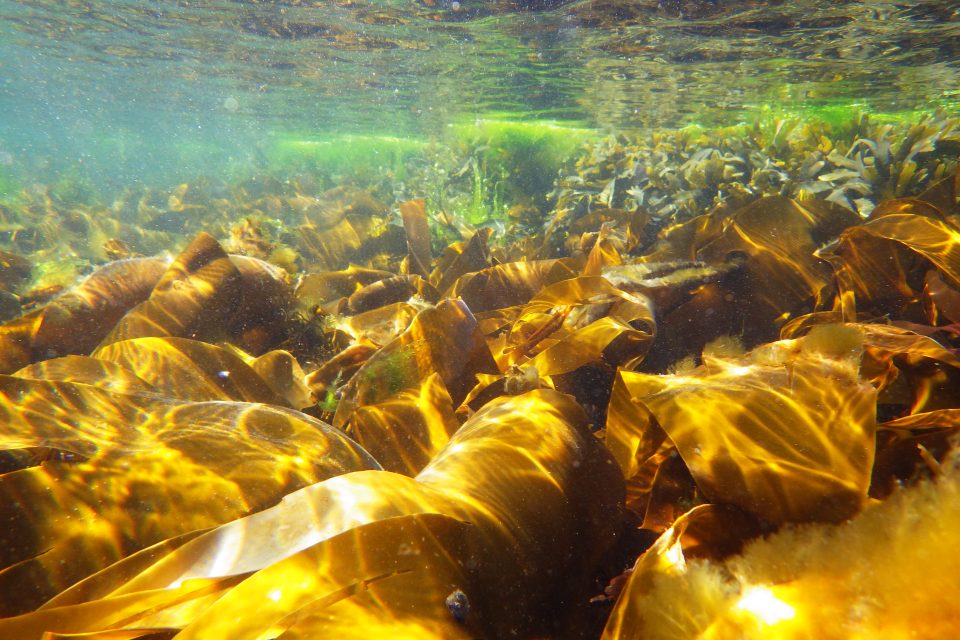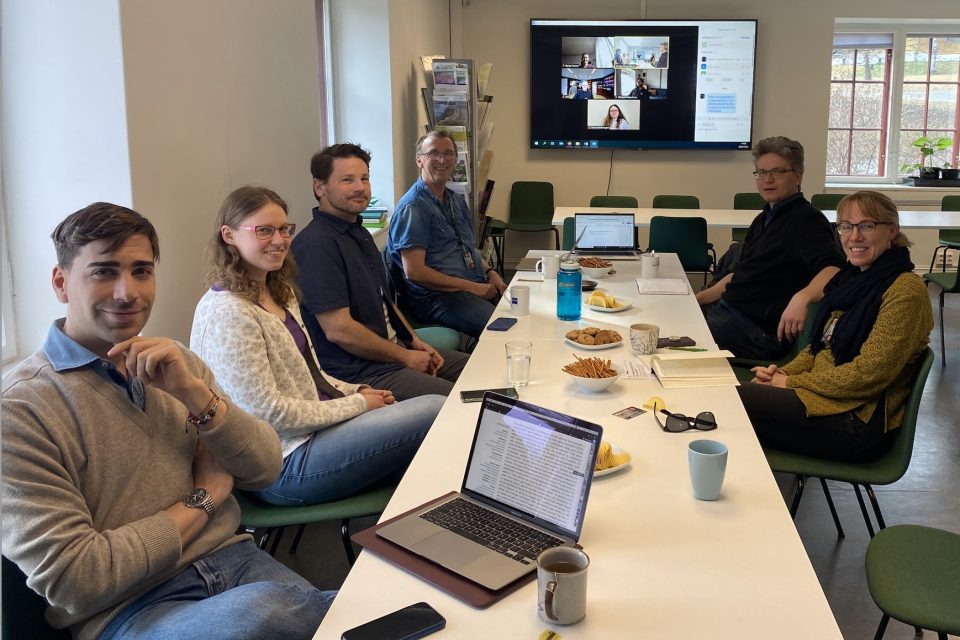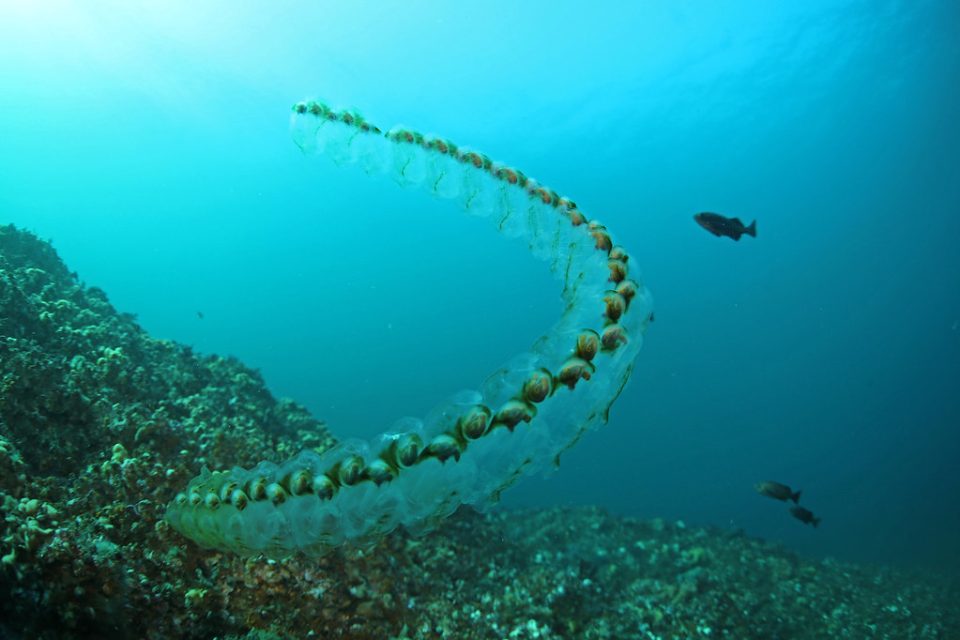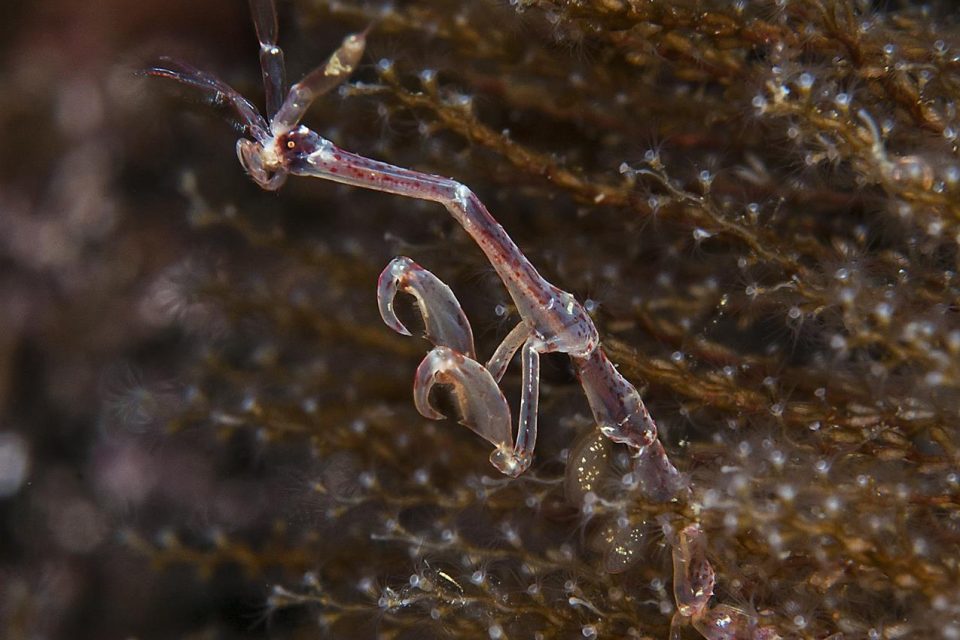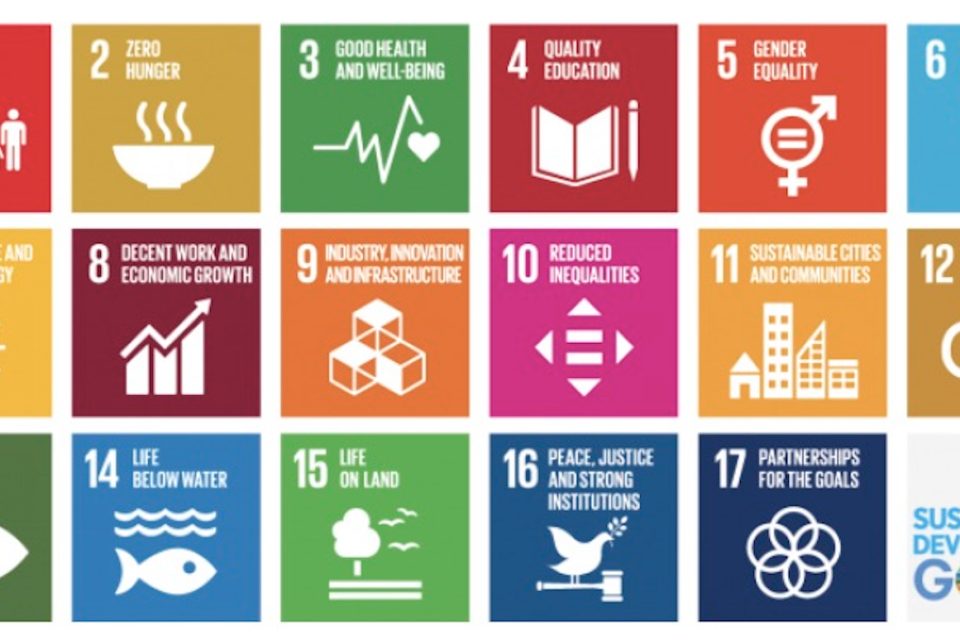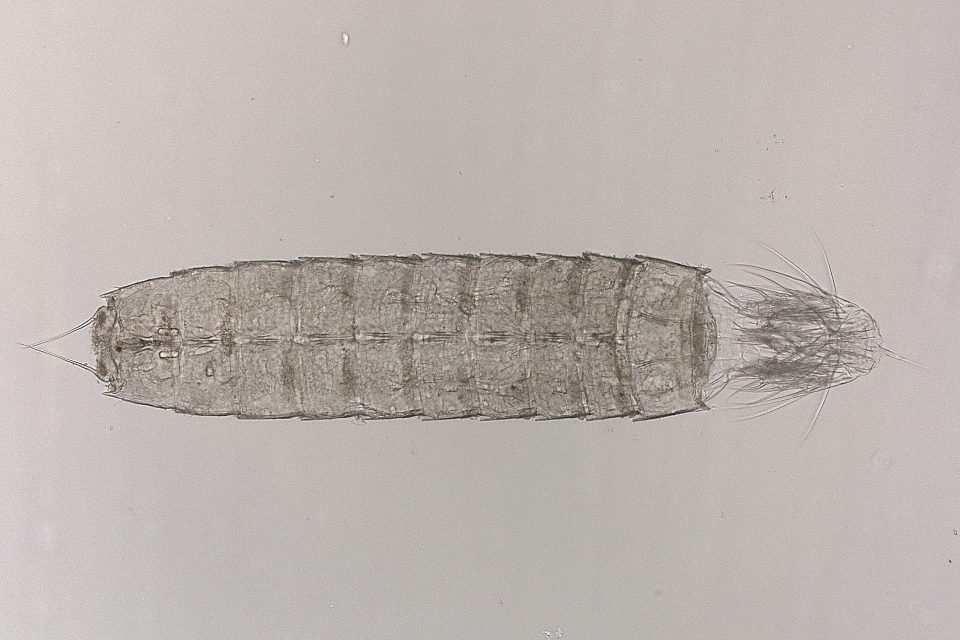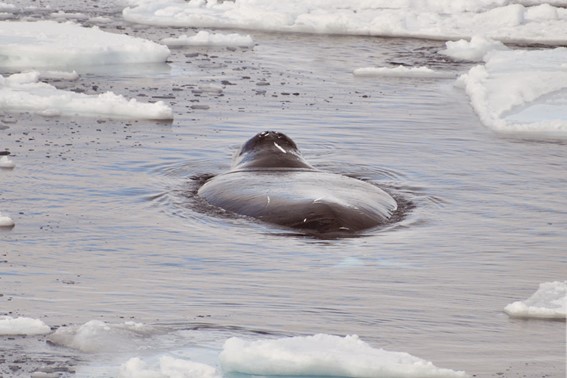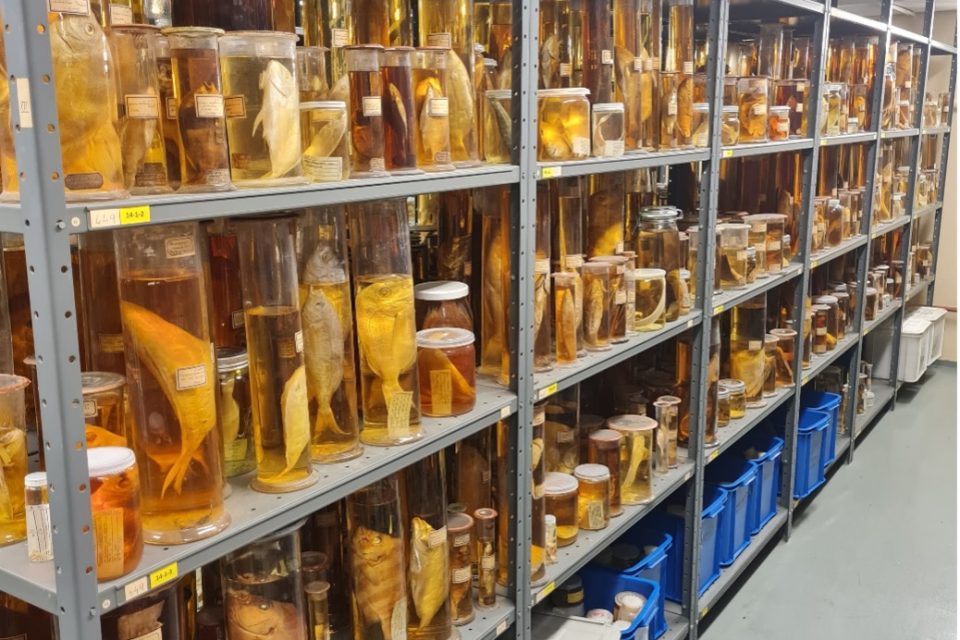
Specimen fixation – how, and what for(malin)?
When an organism dies, it decomposes, whereby complex structures are broken down. Broadly following 5 to 6 stages, decomposition may be halted or accelerated at any point depending on conditions, such as temperature, water, and oxygen, resulting in different morphological and chemical changes to the organism. By chance, […]
